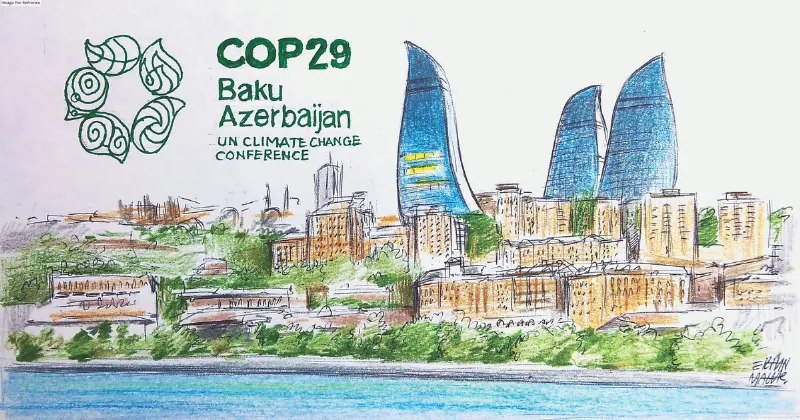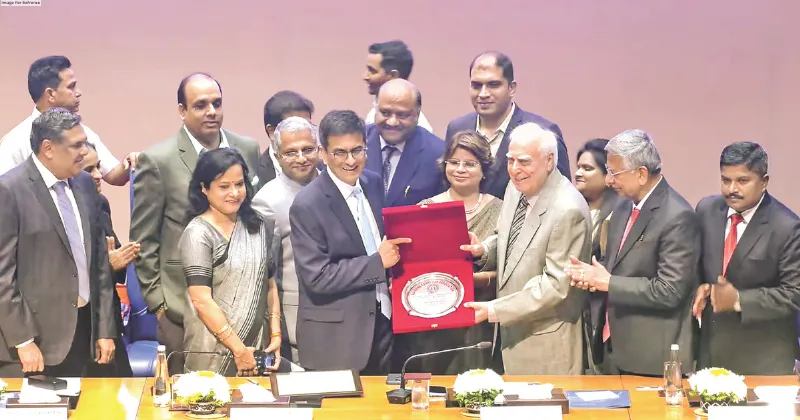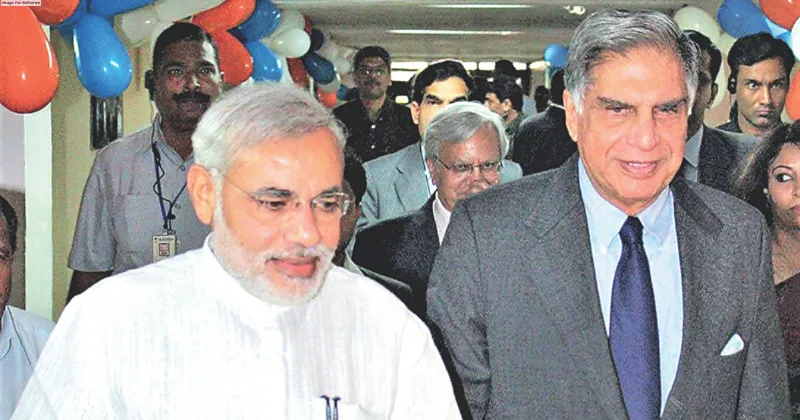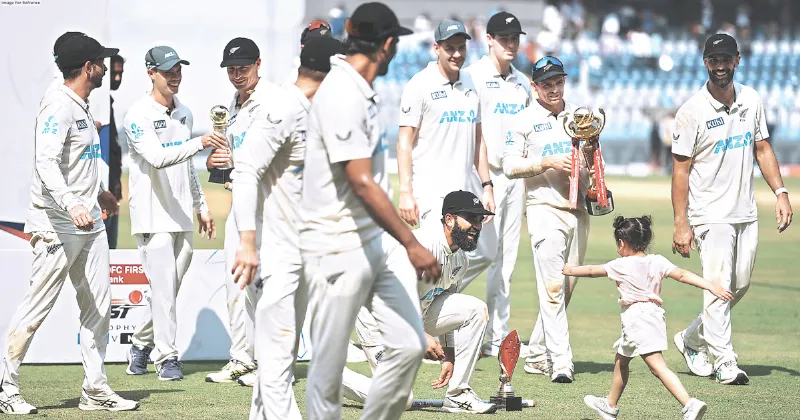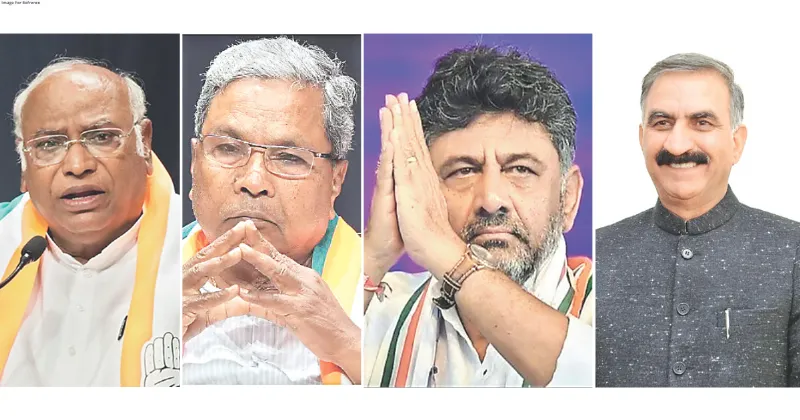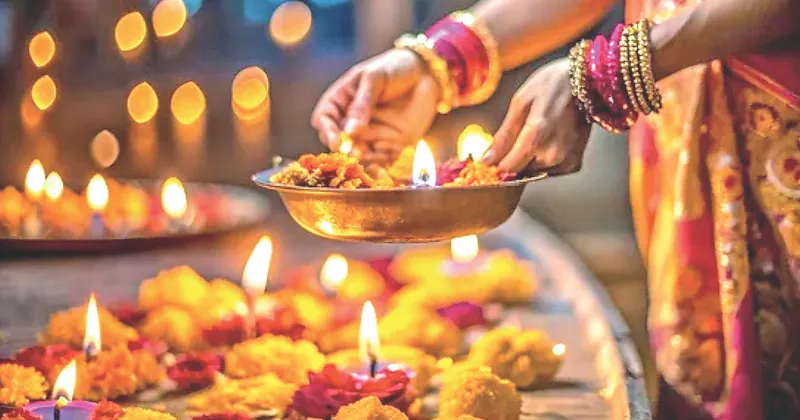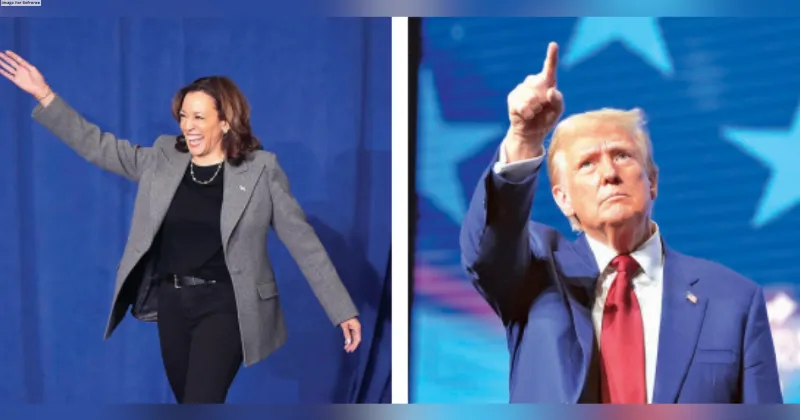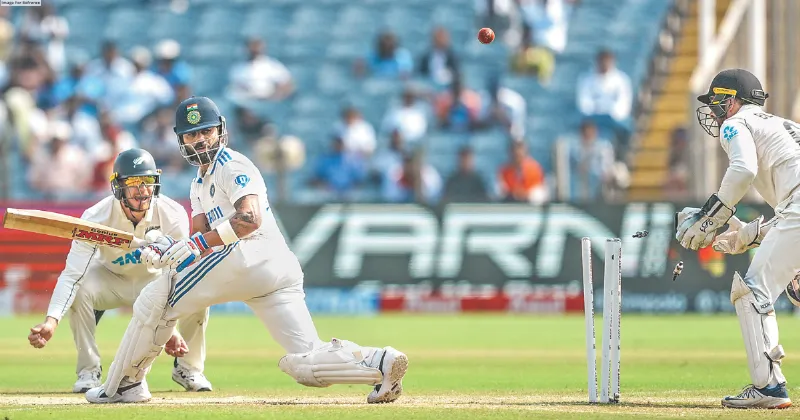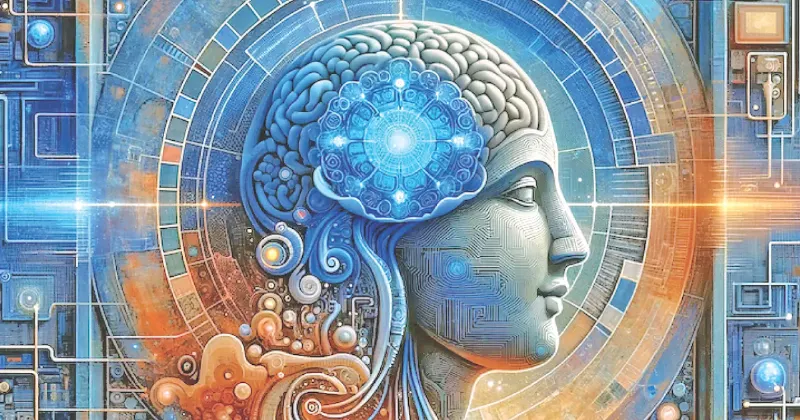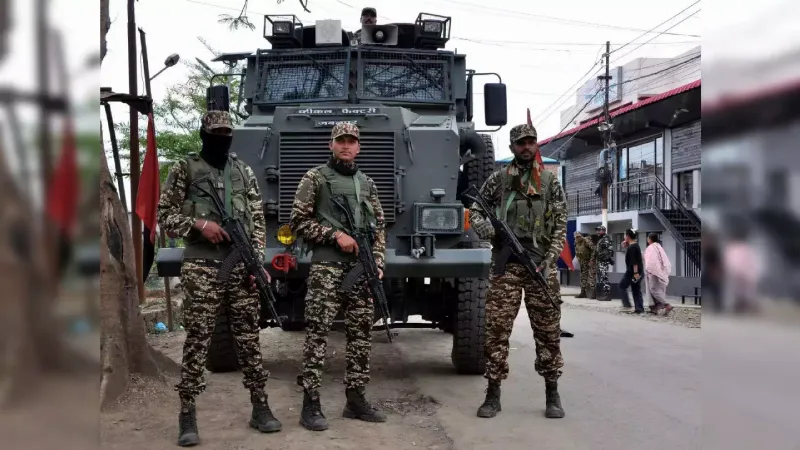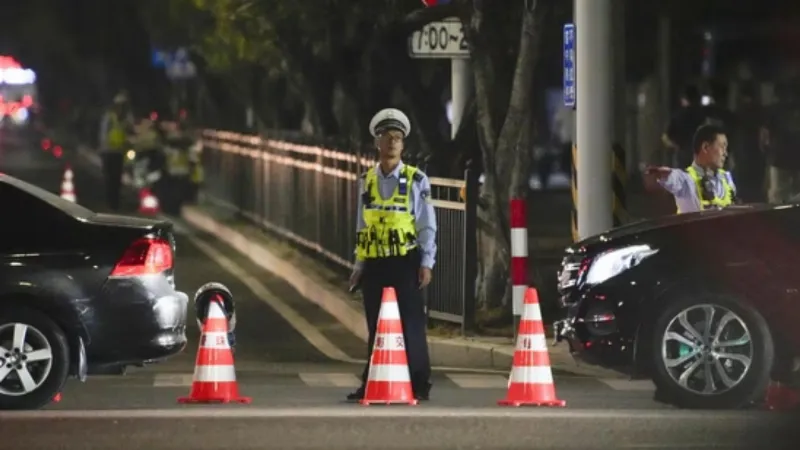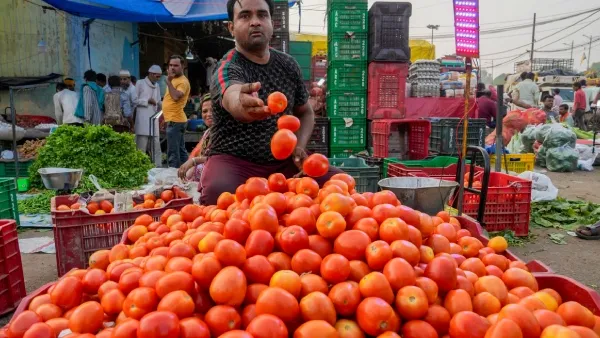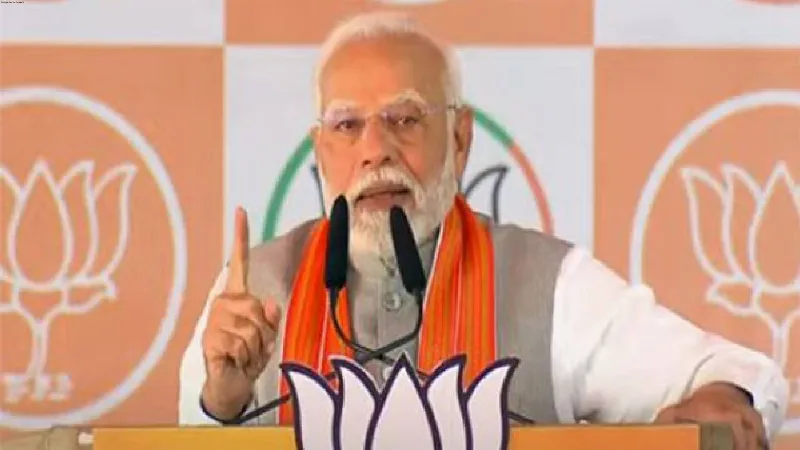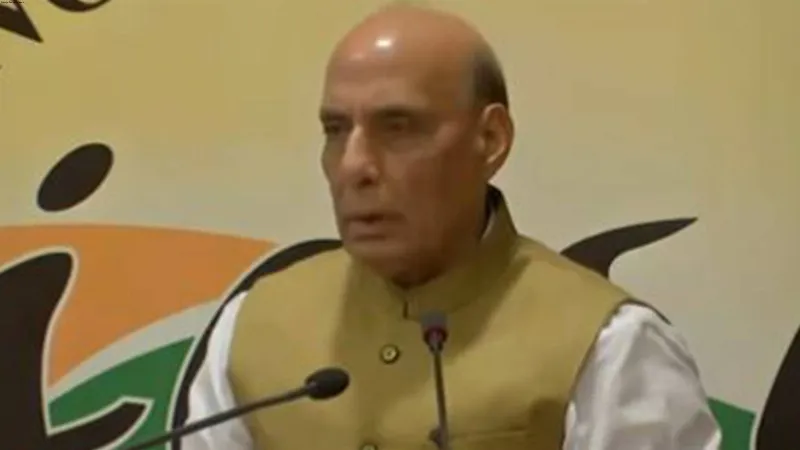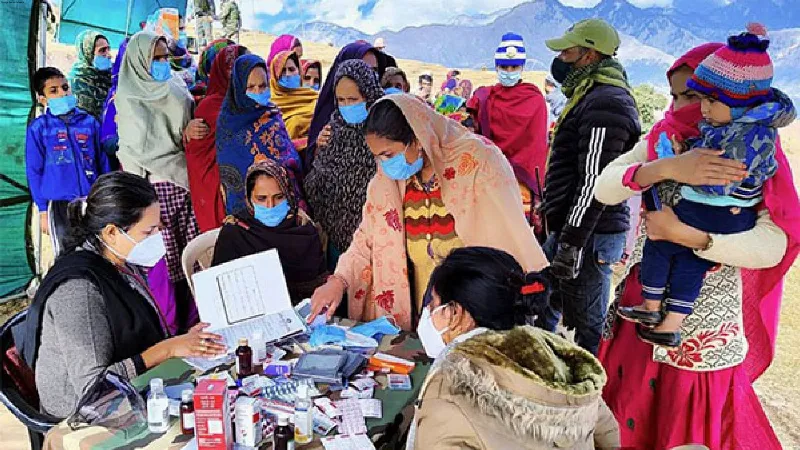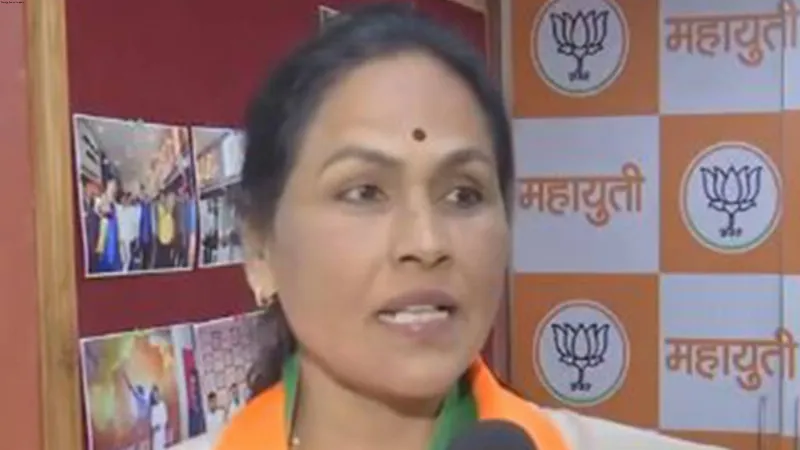RAM PHIR LAUTE

As I sat down to review the book, the journalist in me jostled for space as the Ram bhakt loomed over the shoulder and sighed with happiness as it read the title of the latest book by Hemant Sharma, News Director TV9- Ram Phir Laute!
The cover showcases an image of the proposed Ram Mandir at Ayodhya, in which Pran Prathishtha will be done on January 22, 2024 along with a sketch of Shri Ram, dressed as if returning from Vanvaas. For the people of faith and Ram bhakts, Ram Lalla is returning to his rightful place after a wait of close to 500 years, when in 1528, Mir Baaki the chief warrior of Babar demolished the temple of Ram built at Ramkot in Ayodhya and constructed a mosque.
Ram hi Kyun? The foreword is aptly titled as Hemant Sharma explores the power of Ram which has sustained this fight in his bhakts for the past 500 years without any organisational structure or voice.
‘Ram hi dharm hai, dharm hi Ram hai’! Hemant Sharma is and always has been unapologetic about his devotion and passion for his religious beliefs, tradition and culture and never more so than in Ram Phir Laute.
The foreword resounds like the bells of a temple with it’s powerful message of Ram! And it rings a bell within us when he says, “ Har vyakti ke jeevan mein, har kadam par jo bhi anukarniye hai, wah Ram hai!” Hemant Sharma succinctly puts forward that the Ram Mandir at Ayodhya is not just the birthplace of Shri Ram but a symbol of the New Emerging India, which proclaims to all and sundry that ‘Ram the, Ram hai aur Ram rahenge’ especially since there are some from this very nation who had questioned the very existence of Shri Ram. Hemant is very hopeful that the Ram Mandir will usher in a new era of social and political philosophy, on the oath of Ram Rajya.
Hemant Sharma puts not just his heart and soul into his books but also a lot of grey matter and time well spent on research. Read the foreword and then before you read the chapters, flip to the end and read the last and eighth chapter – Samay Sakshi hai - the timeline. Hemant Sharma draws a factual time-line of war, struggle and martyrs from the long past of 1528 through to January 15, 1885 when this matter reached court for the first time.
From pages 271 to 304 where the book ends with January 22, 2024–it is a must read. Most of people who will read this book and I hope maximum people do, will have very little factual idea about the struggle of Ram Janmbhoomi and Hemant Sharma is a credible and trusted source to learn this lesson of history which has impacted our present.
I am mortified that as a journalist, student of literature and a devotee of Shri Ram, I was unaware of the immense and continuous struggle and war waged by Hindus to get back their Ram Janmbhoomi. 10 wars were fought between 1530 and 1556 on the Temple-Mosque issue (after the temple was razed in 1528 by Mir Baaki). Swami Maheshaanad ji fought with his army of sadhus and sants and Rani Jairaj Kumari fought with a women army. Both were martyred. I was never taught this in any history class nor did it ever surface in any discussion with literary people, I am forced to wonder why?
Ram Phir Laute is neatly divided into 8 chapters with the first chapter, ‘Lokmangal ki Ayodhy’ on Ayodhya or as Hemant Sharma says, Ayodhya ji, which talks about the birthplace of Shri Ram not as we know it, the centre of a religious feud bit as it truly was, the centre and founder of democracy - Ram lok ke hain. Ayodhya Ram ki hai! The second one ‘Sabke Ram’, is not easy to define, it is something to be read and absorbed. The chapter closes with the powerful statement that ‘Ram Bhartiye Sanskriti ki urja ka Akshun strot hain aur Ramkatha hamare samay ka sabse behtar Sanskratik Detox and it’s stays with you.
The third chapter ‘Siya Rammaya Sab Jag’ speaks about how ethos of Shri Ram ties the world together even today with the essence of ‘Vasudhaiva Kutumbakam’ and empowers India to be a leader to the world. Hemant Sharma traces the widespread presence and impact of Shri Ram and Ram katha not just in India, uniting the North and South in a single thread of Bhakt but across the world.
‘Shatabdiyon ka tap’, the Fourth chapter sheds light in detail, on history of Ayodhya which is mentioned in the Arthveda and the 500 years of bloody struggle to reclaim the Ram Janmbhoomi with anecdotes of present political aspects and narratives. ‘Bhoogarbh ki gavaahi: Adalat ka faisla’ fifth chapter is about the case and the clinching evidence presented by the Archaeological Survey of India. Sharma goes on to explain the evidence and its historical and religious significance also.
Bhartiyata ka Teerth, the sixth deals with the new temple, the contributions of the Ram Bhakts from across the world and a detailed analysis of the architectural design and executions, which unite Bharat across it’s length and breadth as everyone regardless of caste, community, region or religion has become a part of the soul of Ram Mandir and its physical construction.
The seventh chapter, Mandir ke Sadhak, pays tribute to the sadhaks who fought through 500 years, it is a critical reminder that the building of the Ram Mandir is war which has been won and we must remember these sadhaks. The depth of research done by Hemant Sharma for this is creditable and must be appreciated. Pages 224 to 269, starting with Nihang Fakir Singh Khalsa who was the first person against whom a criminal case was registered for trying to free the Ram Janmbhoomi on November 28, 1858 to K K Mohammad, the first Muslim historian who declared that a Hindu Temple lies beneath the Babri Masjid. Former PM PV Narsimha Rao too finds a place in the sadhaks (do read the book to find out why!) along with many many more including Atal Bihari Vajpayee, LK Advani, Uma Bharti, Murli Manohar Joshi, Kalyan Singh, Ravi Shankar Prasad, Nripendra Misra, Vijayaraje Scindia, Rajnath Singh, Narendra Modi and Mohan Bhagwat. For each one, Sharma puts across a succinct passage on the exact contribution which makes them a Sadhak!
The book is a lot to absorb but it is a necessary read for each one of us today as we look forward to January 22, 2024 and the ‘Pran Pratishtha’ of Ram Lalla is his rightful place after 500 years. This book will throw light on the many questions which have cropped up in our mind since the fateful day of December 6, 1992 and help us to gain a deeper understanding of the events which actually started in 1528 and have reached a befitting closure finally in 2024.
THE VIEWS EXPRESSED BY THE AUTHOR ARE PERSONAL

